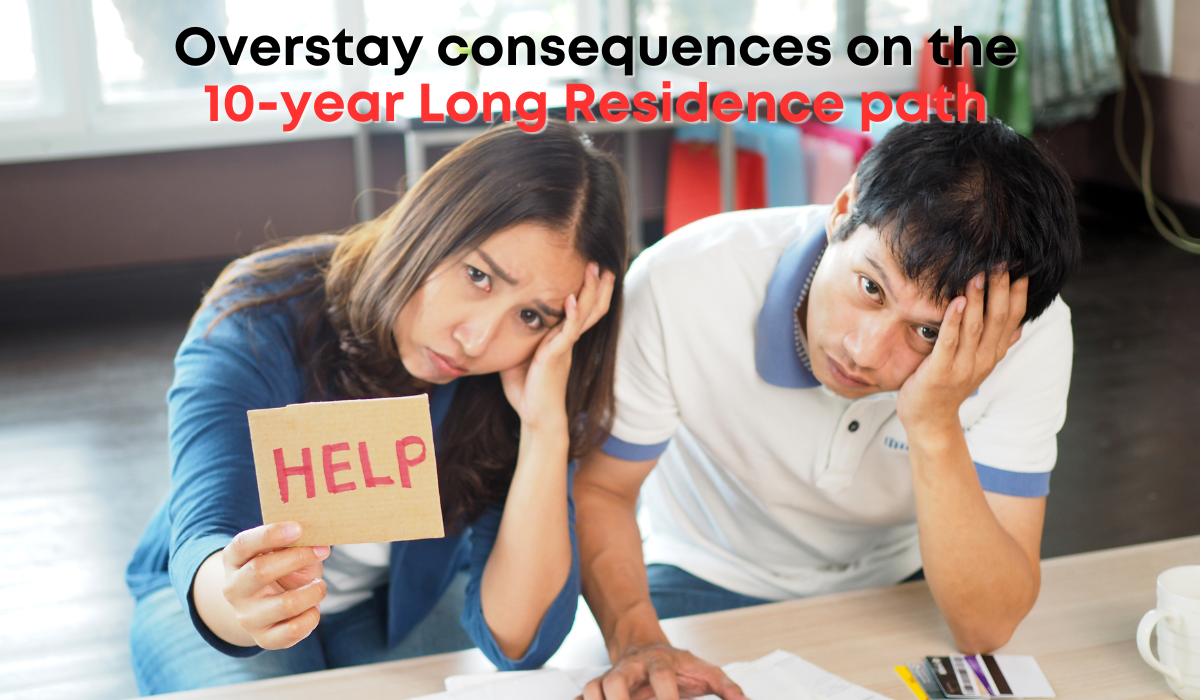The UK’s 10-year Long Residence route offers an Indefinite Leave to Remain (ILR) pathway for those who have built their lives in the UK for over a decade. However, the complexities of immigration laws often introduce scenarios where applicants might find themselves unintentionally overstaying. The Court of Appeal’s rulings, specifically in cases like Hoque [2020] and R (Afzal) [2021], provide clarifications that can influence such applications significantly.
Understanding Overstay Flexibility in ILR Applications
Recent judicial interpretations have brought a nuanced understanding of how periods of overstay can impact the continuous residence necessary for ILR under the 10-year rule. The key points of consideration include:
- Gaps in Lawful Residence: Applicants can have short gaps in lawful residence if previous applications were made out of time by no more than 28 days before 24 November 2016, and if those applications were subsequently granted.
- Applications Post-24 November 2016: For applications made after this date, leave granted in accordance with Paragraph 39E of the Immigration Rules will not break the continuity of residence, though the time spent as an overstayer will not count towards the 10-year period.
Paragraph 39E plays a crucial role for those who find themselves overstaying due to delayed applications or pending decisions post-refusal. It specifies that:
- Applications made within 14 days after leave expired due to a good reason (e.g., hospitalization).
- Applications following a refusal or administrative review decision can also fall under this exception if they are submitted within 14 days of the decision.
Hypothetical case study
Consider the hypothetical case of Ali, a student from Bangladesh:
- First Overstay Incident (2020): Ali applies late for a spouse visa due to a medical emergency but does so within the acceptable 14-day period post-leave expiry. His application, fittingly under Paragraph 39E, is approved, though the days between his leave expiry and the new visa grant do not contribute to the 10-year requirement.
- Second Overstay Incident (2022): After a failed application due to insufficient financial evidence, Ali reapplies post the appeal period and secures approval. Similar to the first incident, this period of overstay is disregarded under Paragraph 39E, but the overstayed days do not count towards the long residence period.
Implications for Applicants and Legal Advisors
The nuanced application of these rules underscores the importance of timing in immigration applications and the potential repercussions of overstaying. Applicants must strategically navigate their applications and reapplications, ensuring they minimise any overstayed periods that do not contribute to the 10-year timeline.
Legal practitioners and advisors must ensure meticulous documentation and timing of applications for their clients, particularly in light of how the courts are interpreting rules around gaps in lawful residence. Understanding and leveraging provisions like Paragraph 39E can be pivotal in successfully navigating the path to ILR under the 10-year rule.
The pathway to ILR through the 10-year Long Residence route is fraught with complexities that require a keen understanding of both the letter and the spirit of immigration law. As legal standards evolve, both applicants and their advisors must remain vigilant and informed to navigate these waters successfully, keeping abreast of the latest judicial interpretations and statutory amendments.
Get in touch: For a comprehensive understanding of your options or queries on UK immigration matters, contact GigaLegal Solicitors at 02074067654 or click here to book a no-obligation consultation with an immigration expert.


